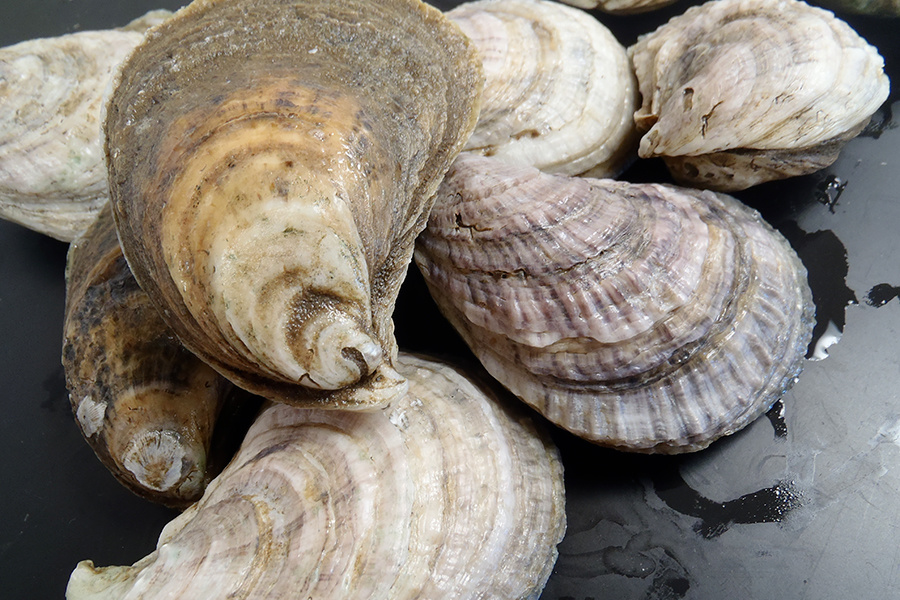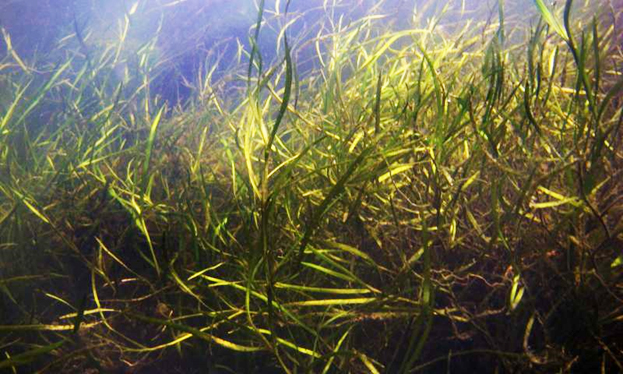Ocean acidification (OA) in the natural environment co-occurs with other stressors, such as temperature and low oxygen, creating complex ecological interactions that are difficult to manage in restoration and aquaculture systems. We are exploring the physiological thresholds of the Eastern oyster to OA and testing if submerged aquatic vegetation, such as seagrasses, can modify the surrounding waters to improve seawater chemistry and dissolved oxygen levels to benefit Eastern oysters.

Why We Care
Oysters are an iconic species in the Chesapeake Bay, providing a food resource, livelihood for watermen, water filtration, and habitat for other estuarine species. However, the future success of oysters in the bay is affected by many changing conditions, including increases in carbon dioxide (CO2) that make estuarine waters more acidic. Acidic waters can reduce growth and survival of oysters. Submerged Aquatic Vegetation (SAV), such as eelgrass, could mitigate the harmful impacts of ocean acidification on Eastern oysters by taking up CO2 and reducing the acidity of waters where oysters grow. Oysters, in turn, would improve water clarity for seagrasses to thrive by filtering particles out of the water and allowing more sunlight to penetrate. Understanding how SAV and oysters interact and projecting the health of these species under future conditions are important for maximizing restoration success of both oysters and SAV in the Chesapeake Bay.
What We Are Doing
In collaboration with the NOAA Ocean Acidification Program, we have funded a project at the Virginia Institute of Marine Science and Old Dominion University that will use mathematical models to identify at what point acidification conditions may reach physiological thresholds for Eastern oysters—conditions of seawater chemistry beyond which oysters are unable to grow or reproduce successfully. The project team will also evaluate the potential benefit of seagrasses in protecting oysters and the ecosystem services they provide.

Benefits of Our Work
This project will develop a modeling tool that will determine the acidification conditions in which seagrass restoration is most helpful and when the economic benefits of this restoration to Eastern oyster production outweigh the costs. At the end of this project, the final model will be freely available as an online tool and will help scientists, managers, and oyster growers assess the potential for both seagrass and oyster restoration.
The project will inform regional oyster management and has an advisory group that includes Chesapeake Bay water quality and habitat managers, representatives from the shellfish industry, and other groups involved in oyster and SAV restoration.
